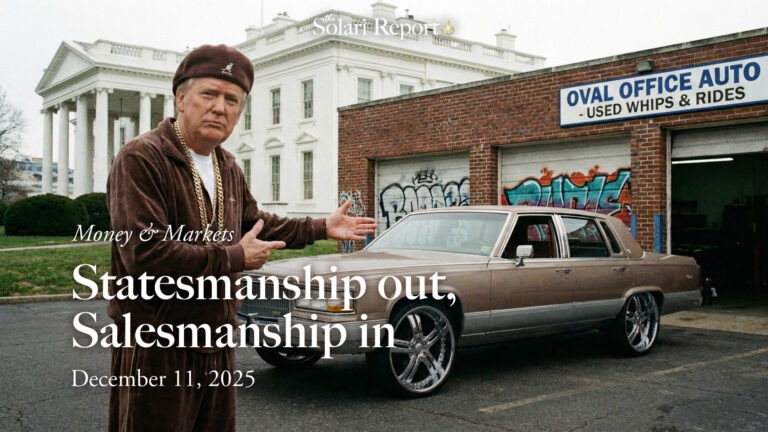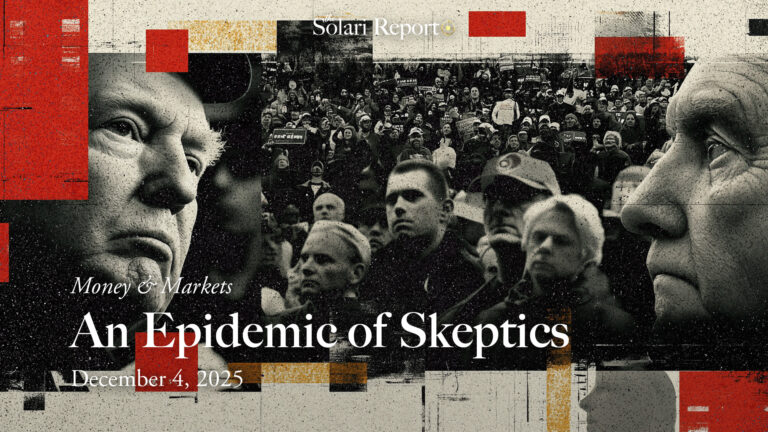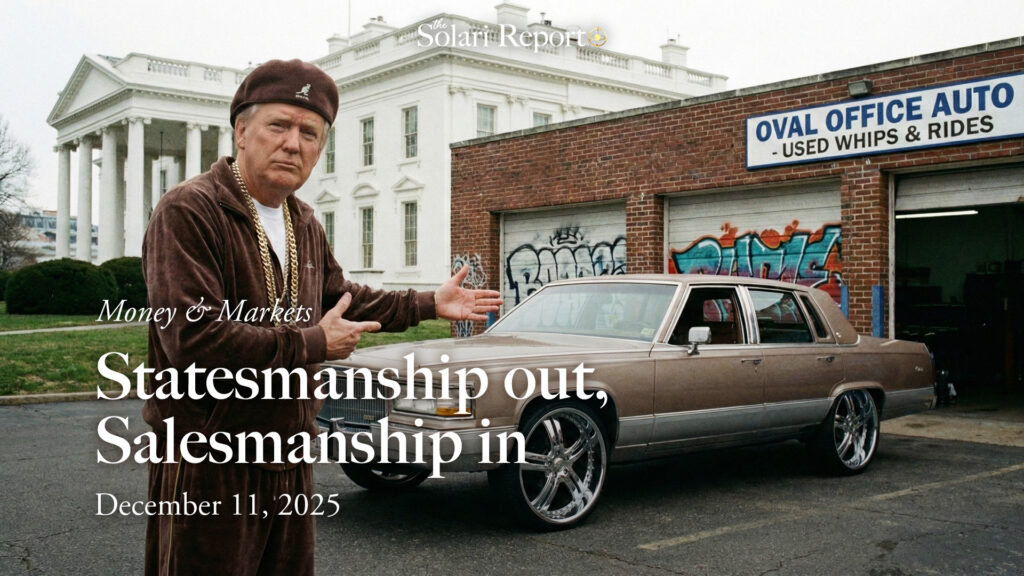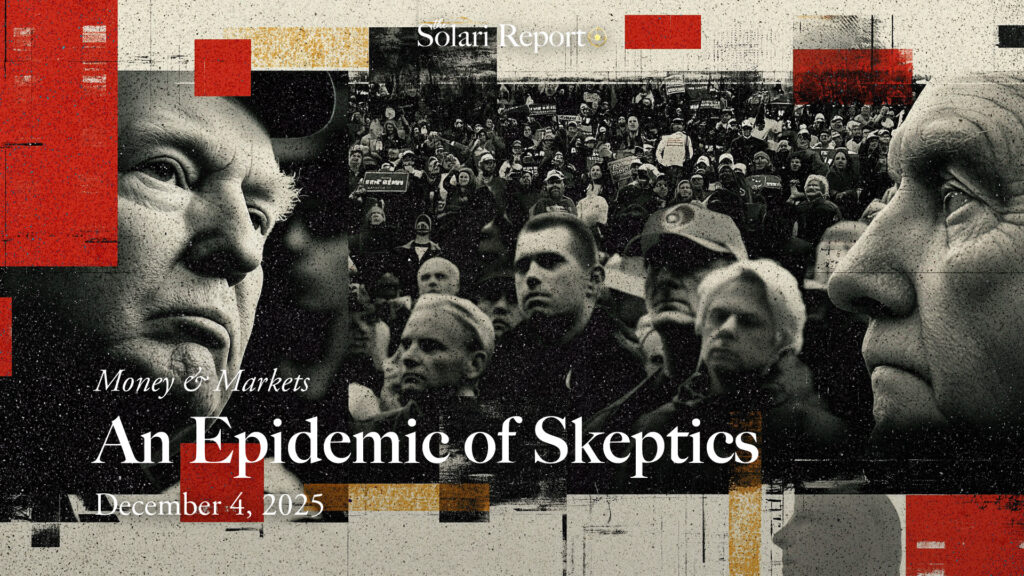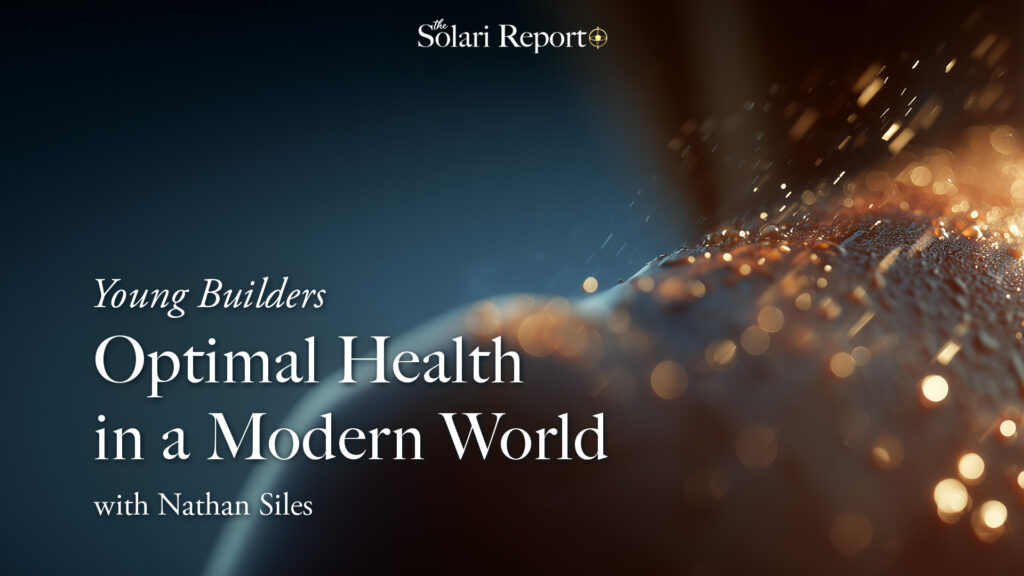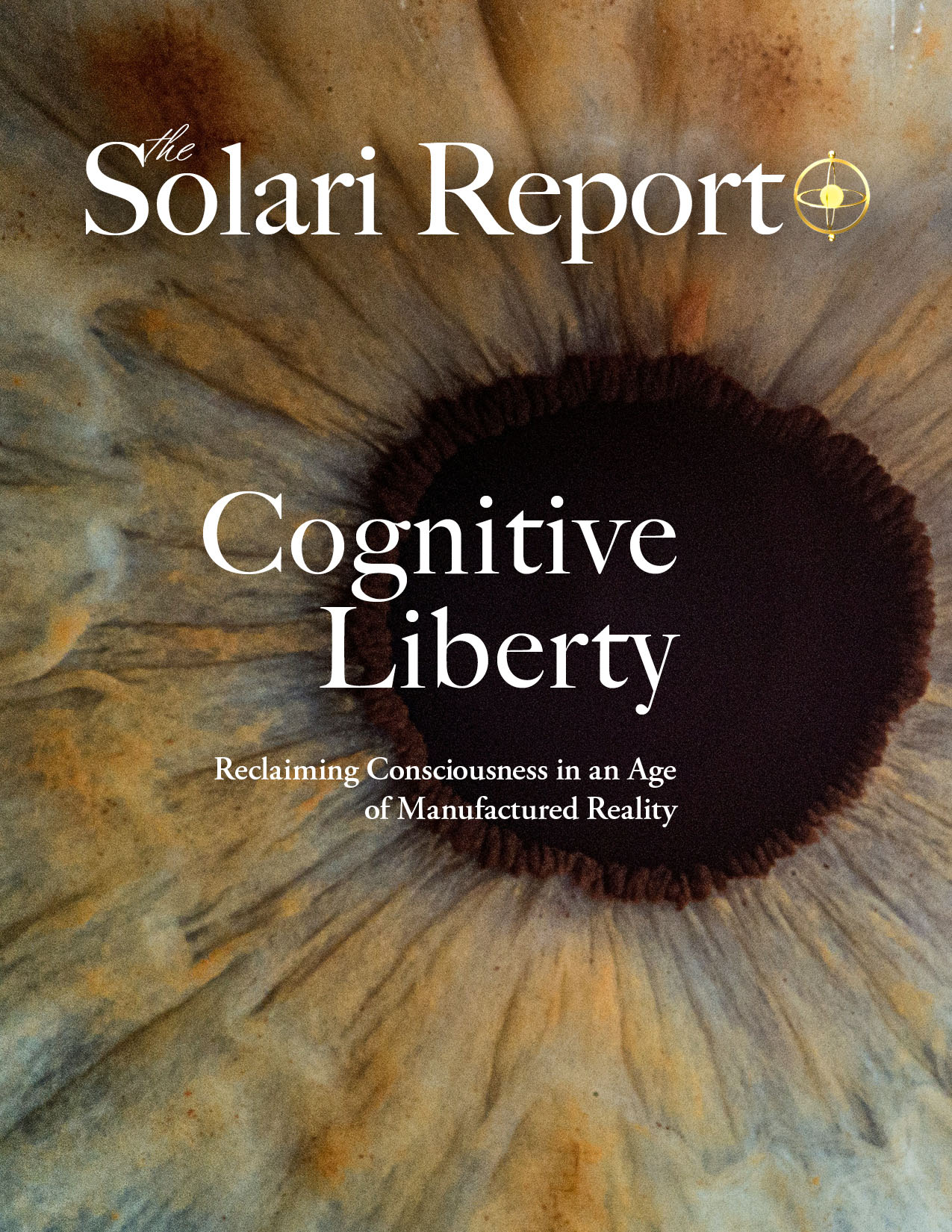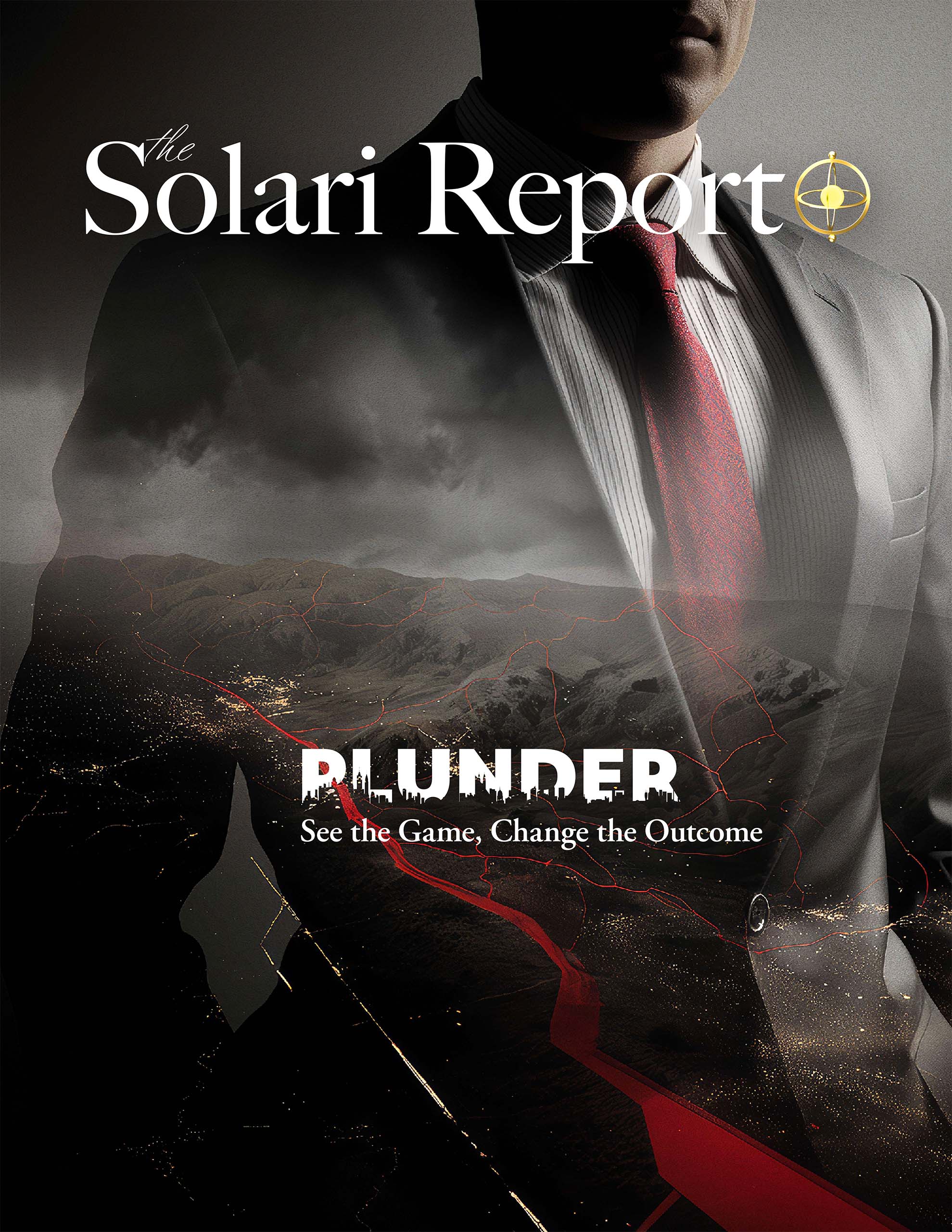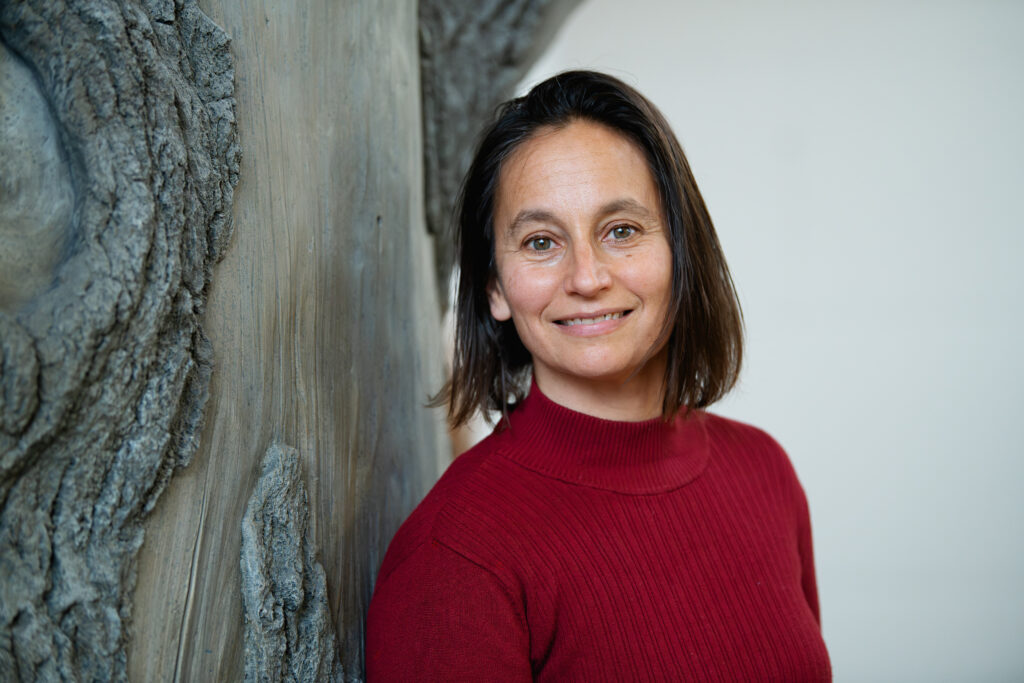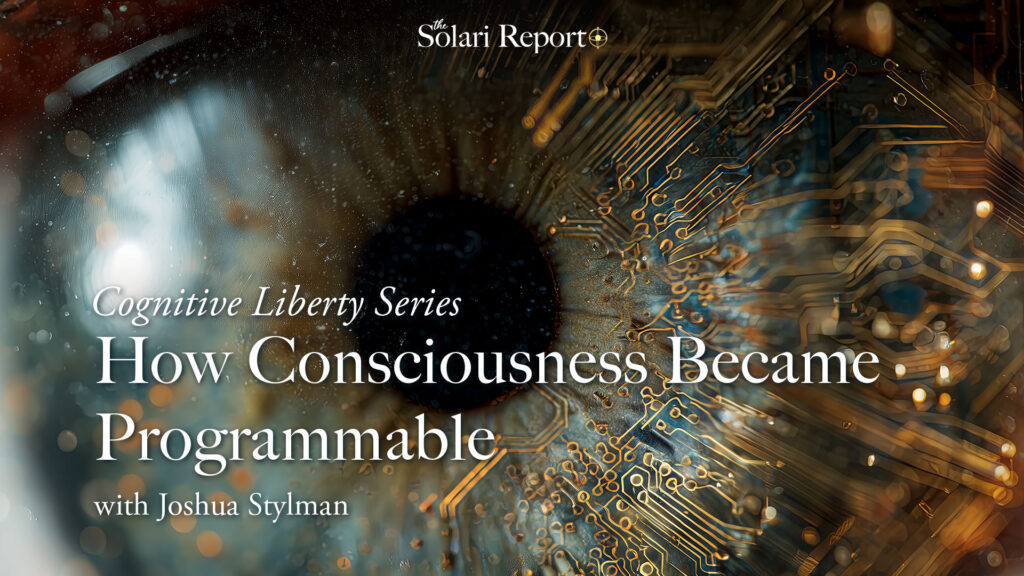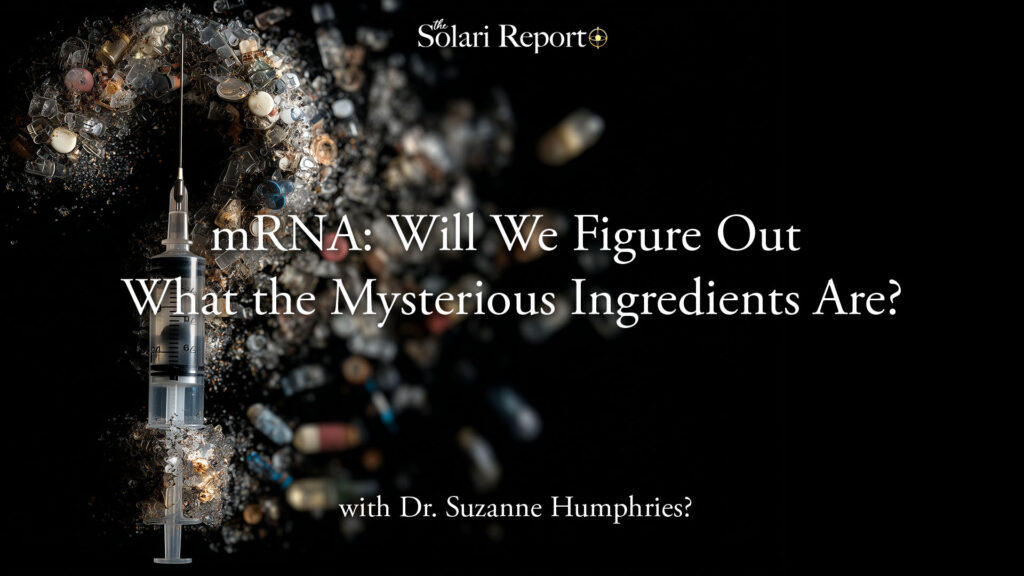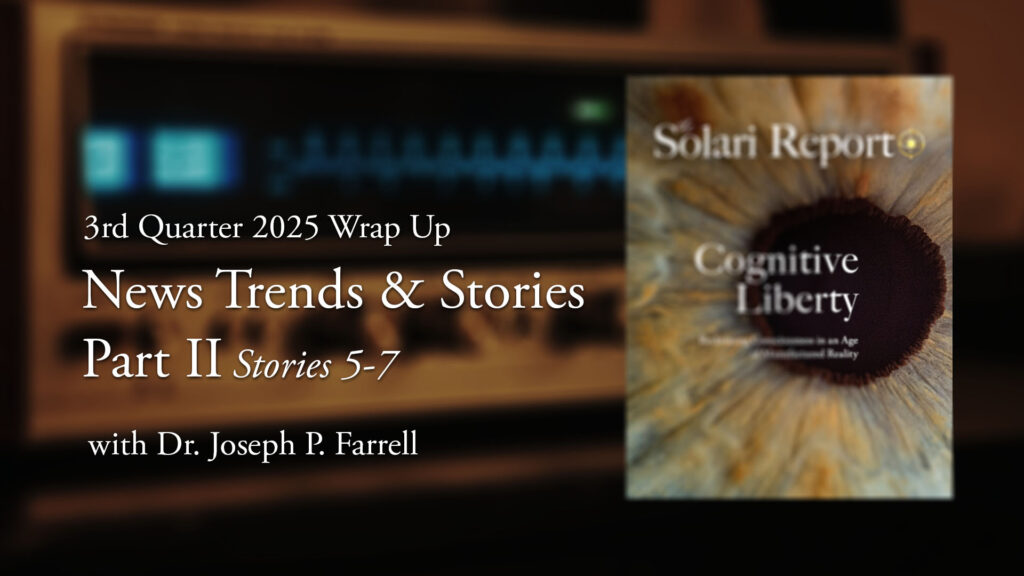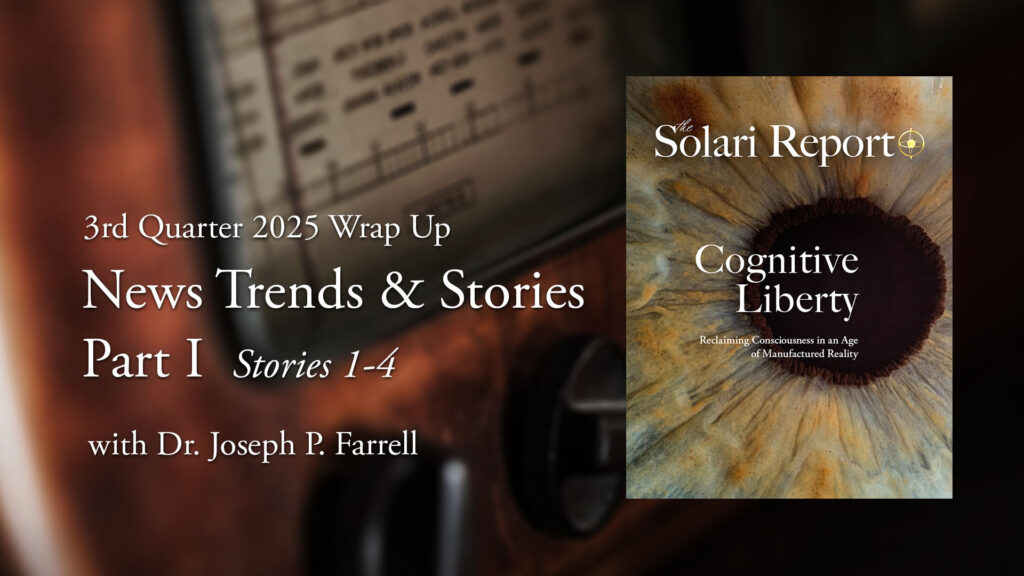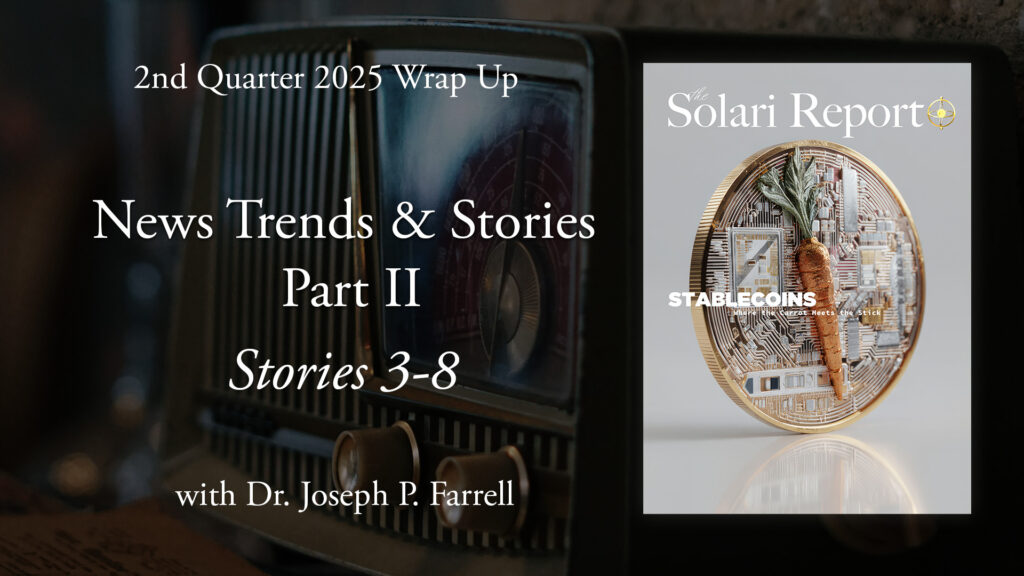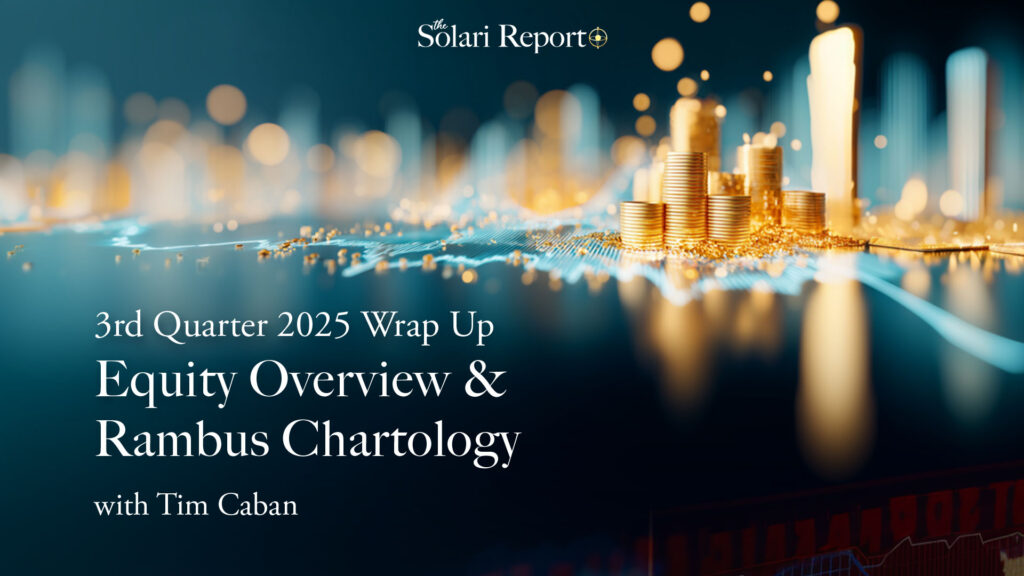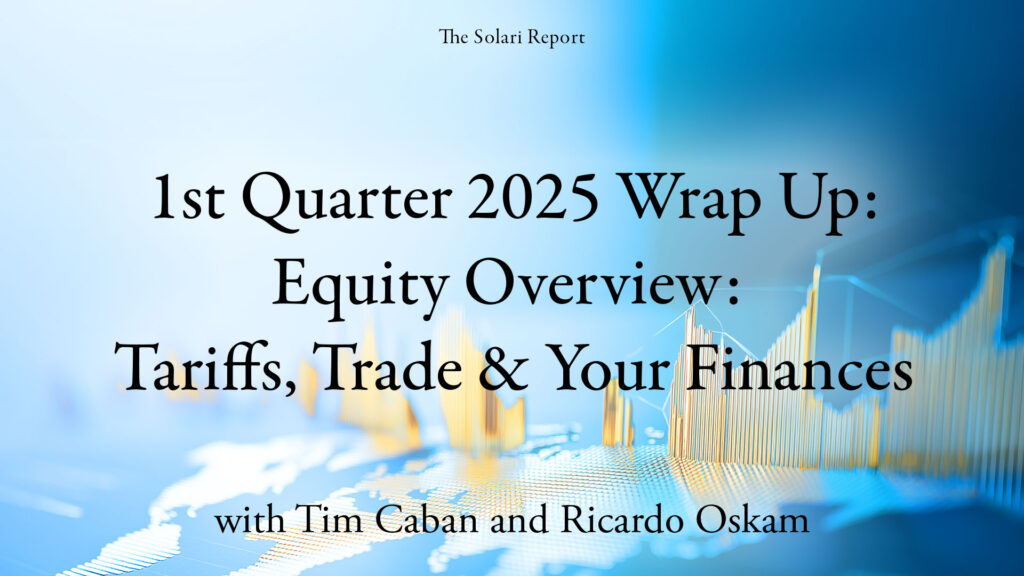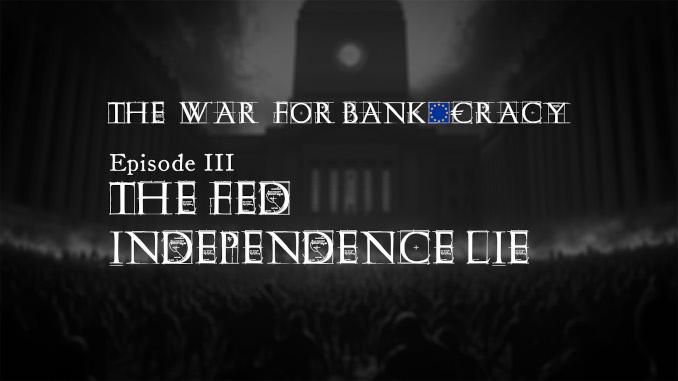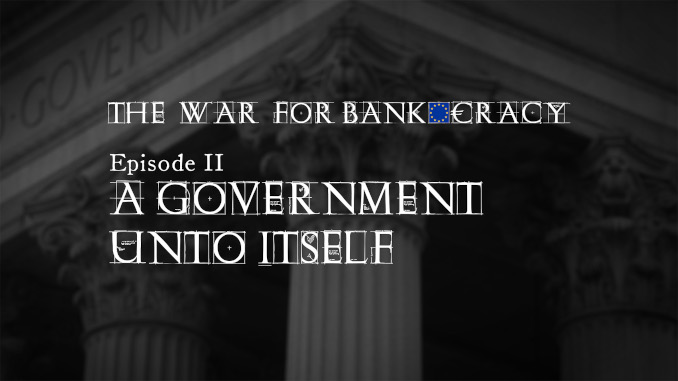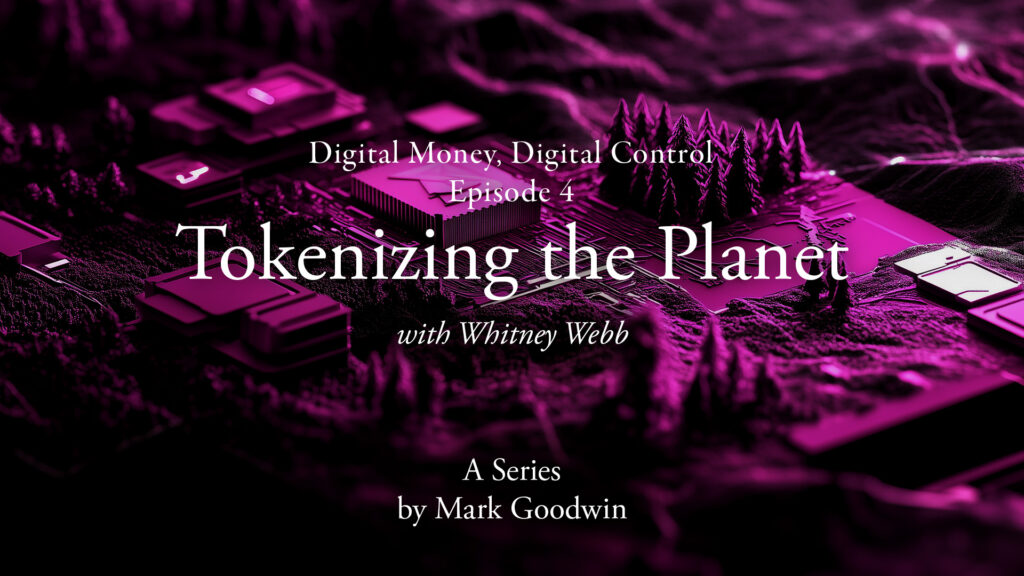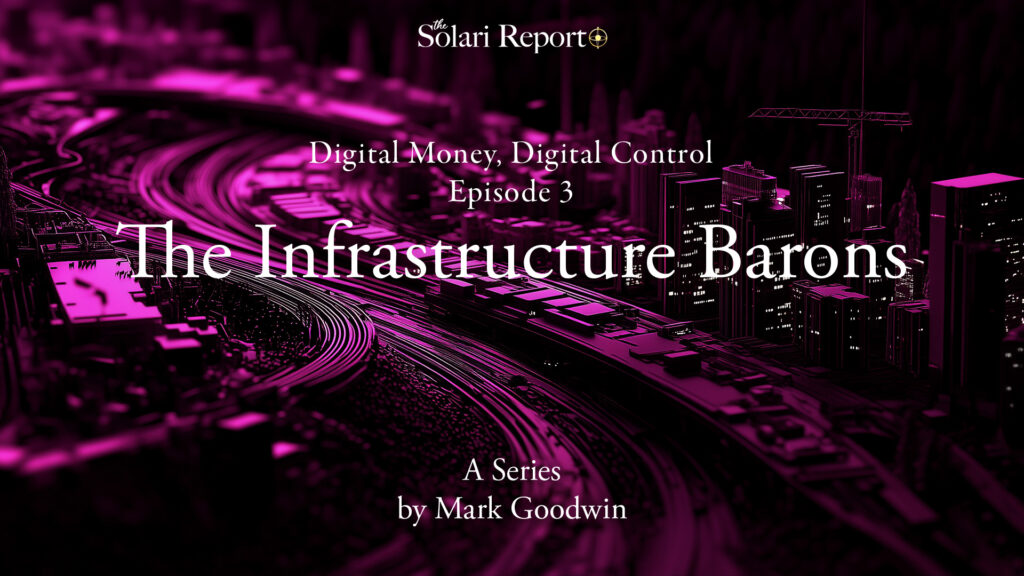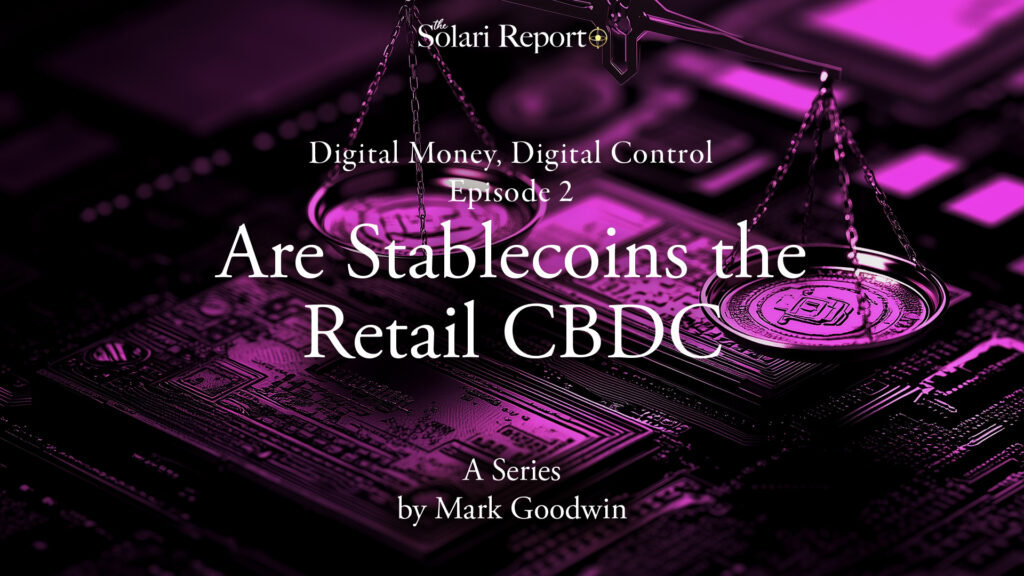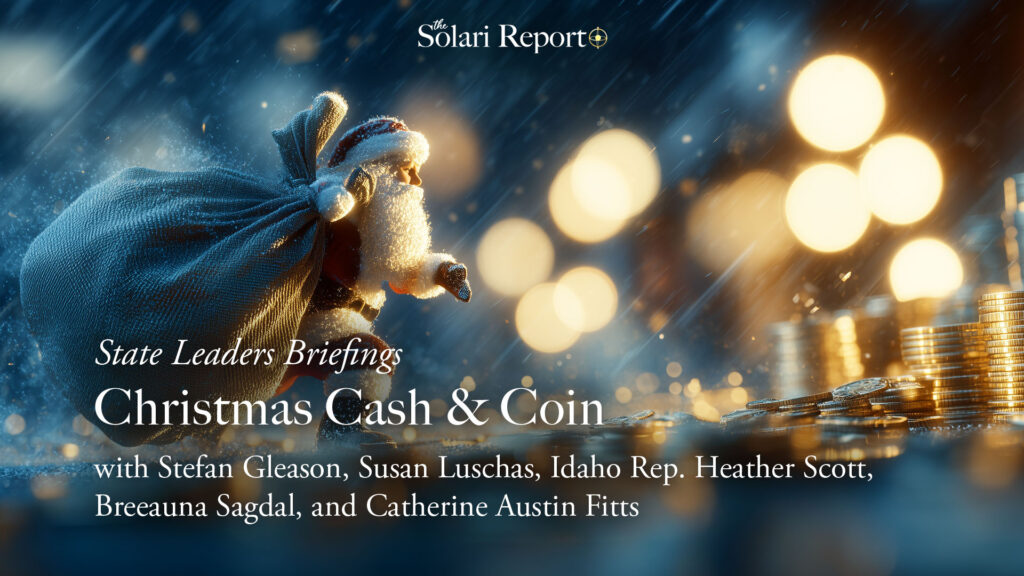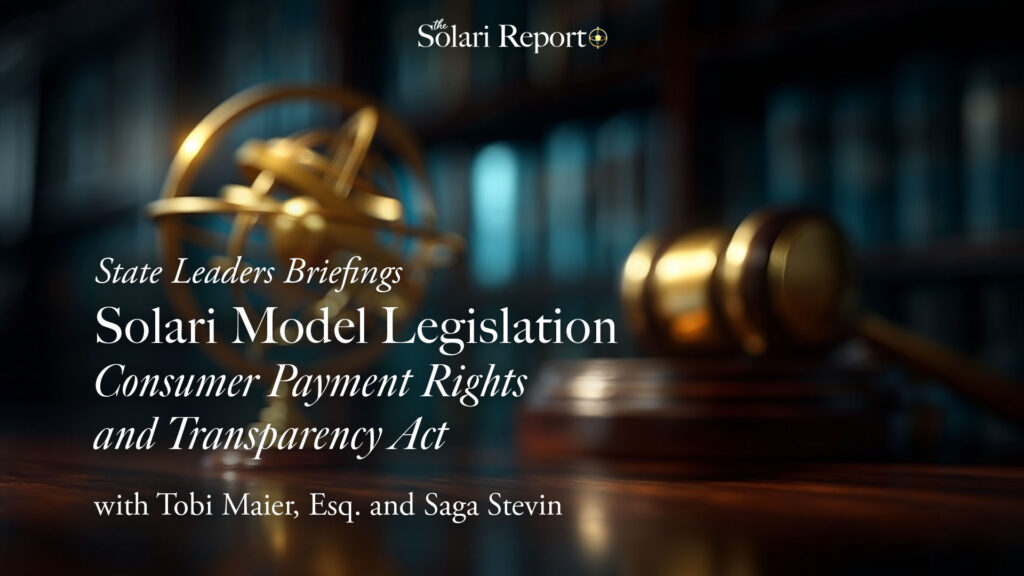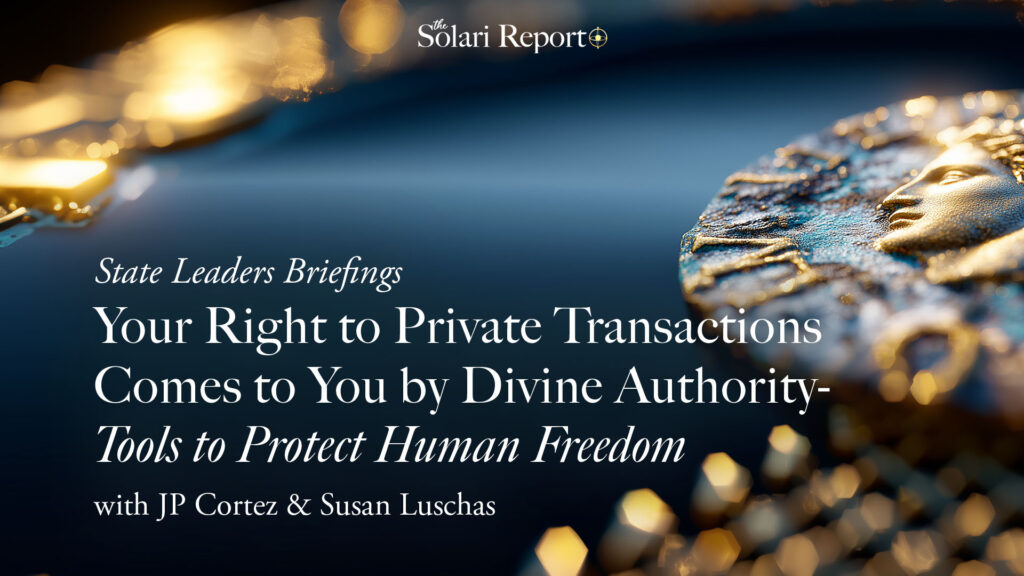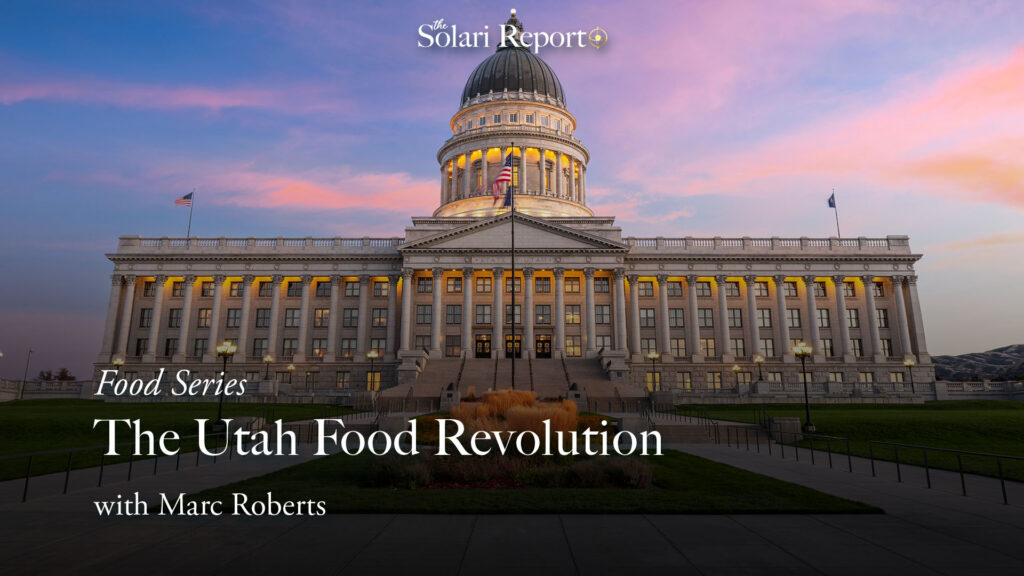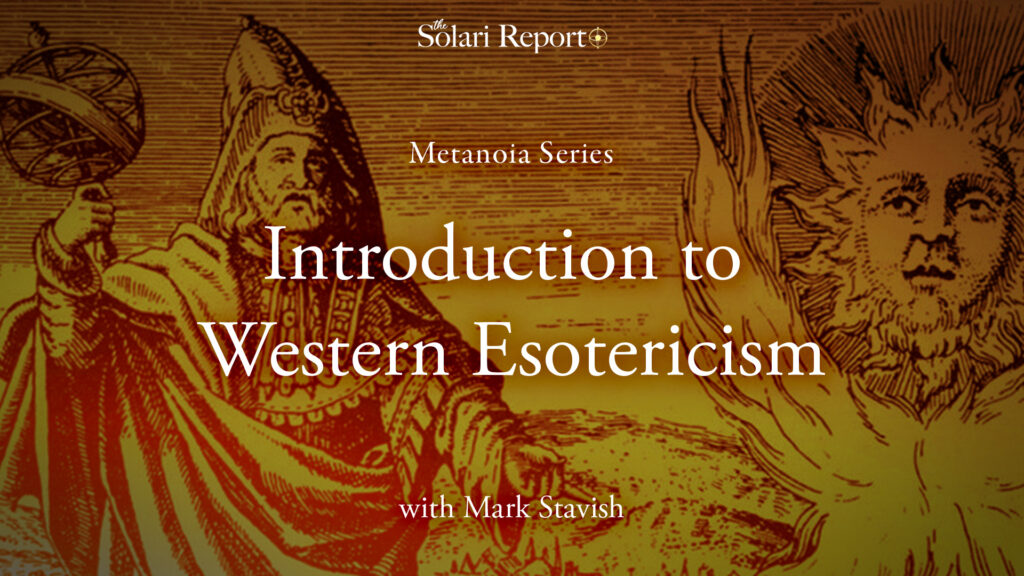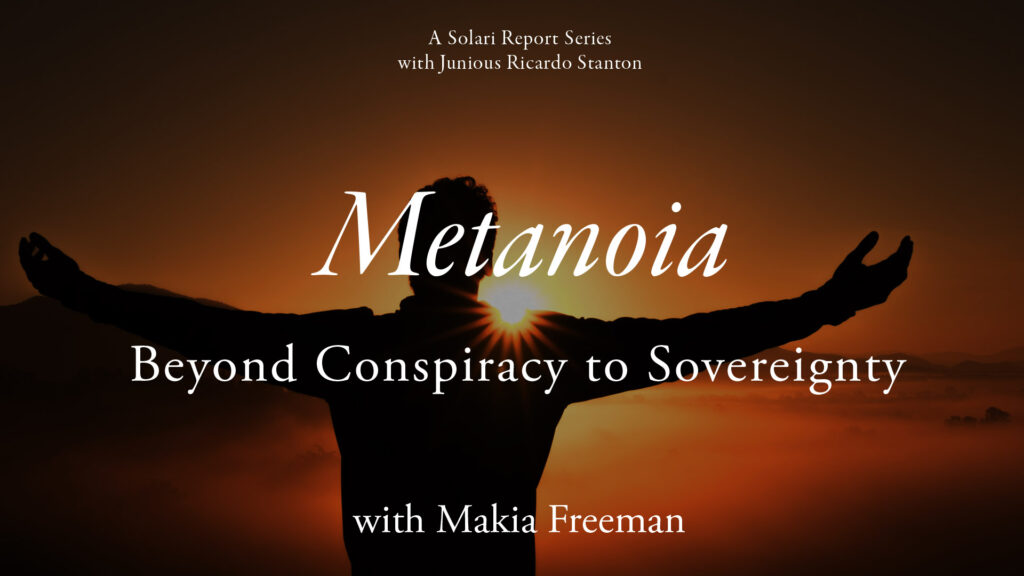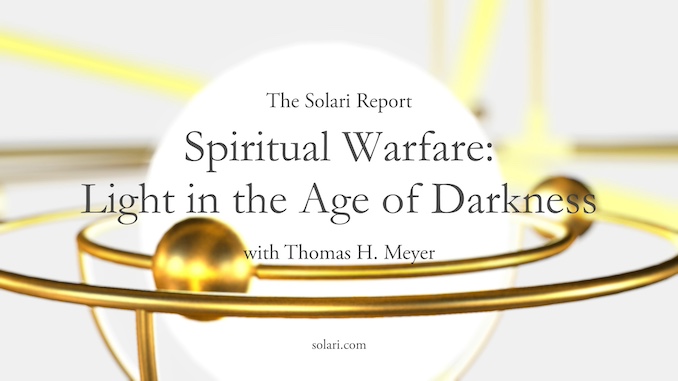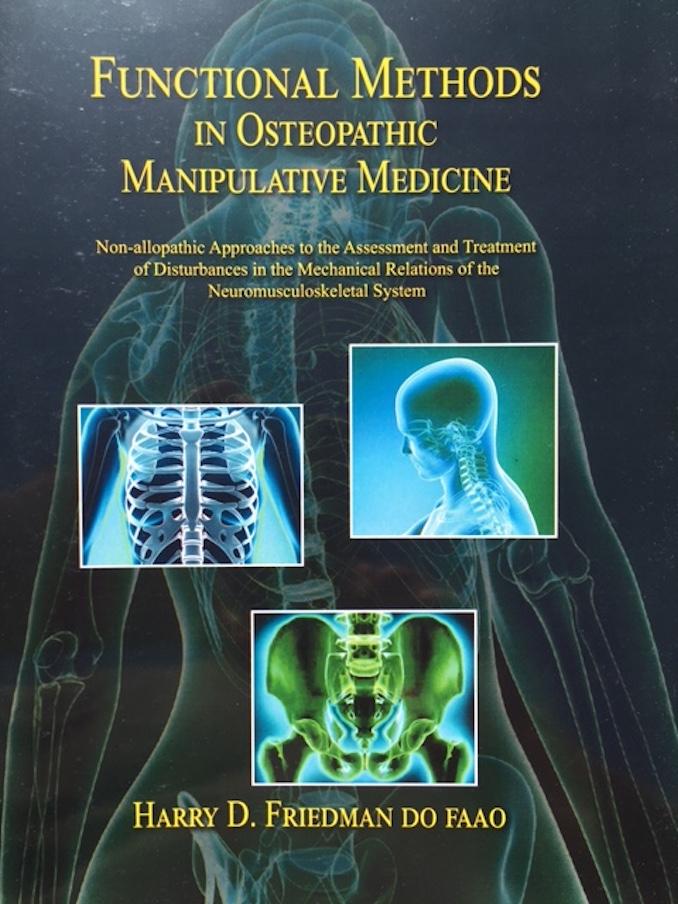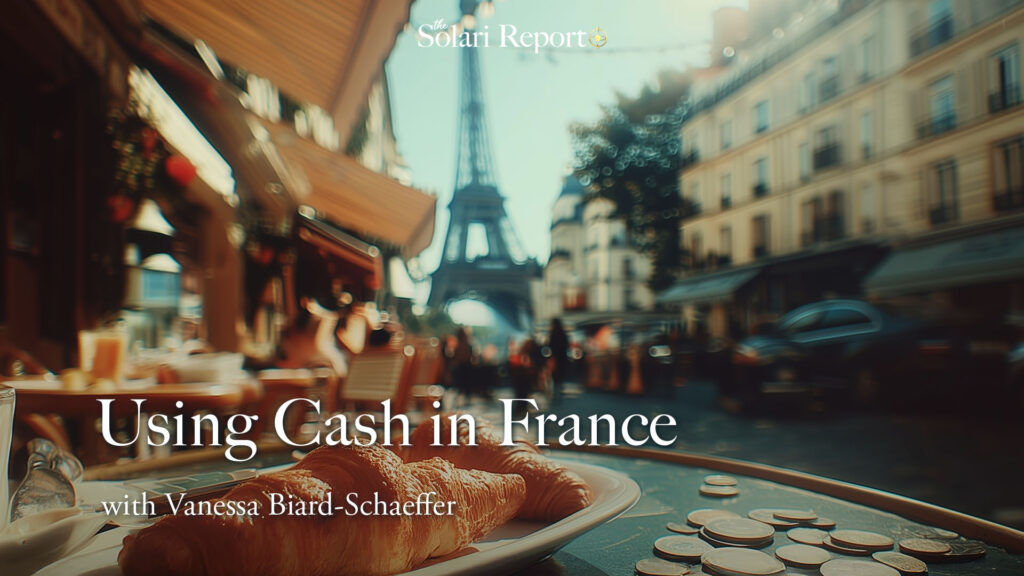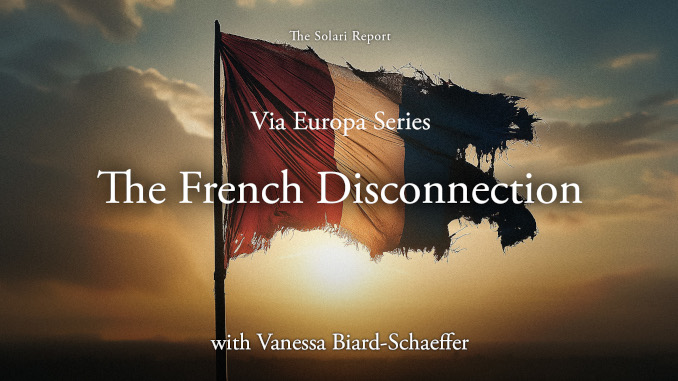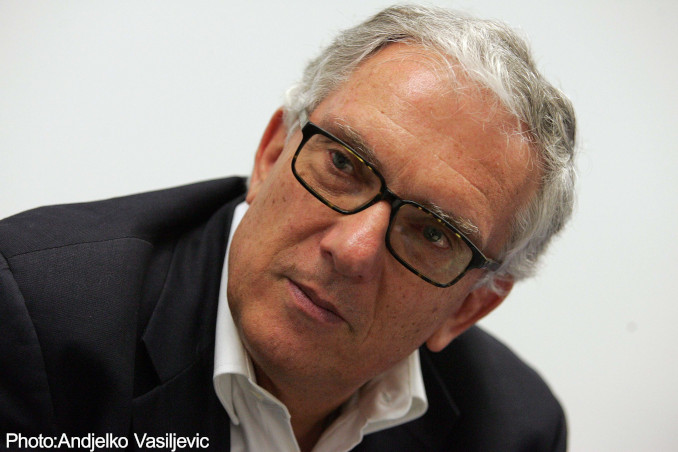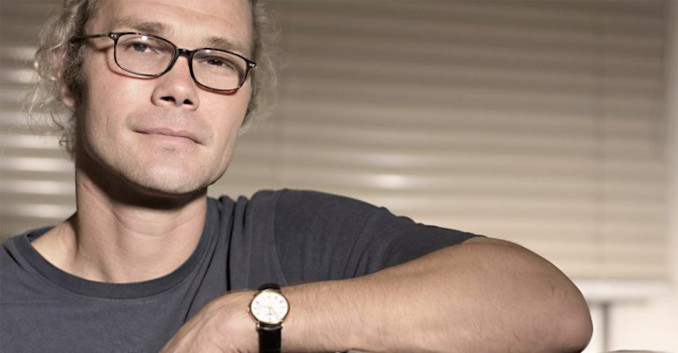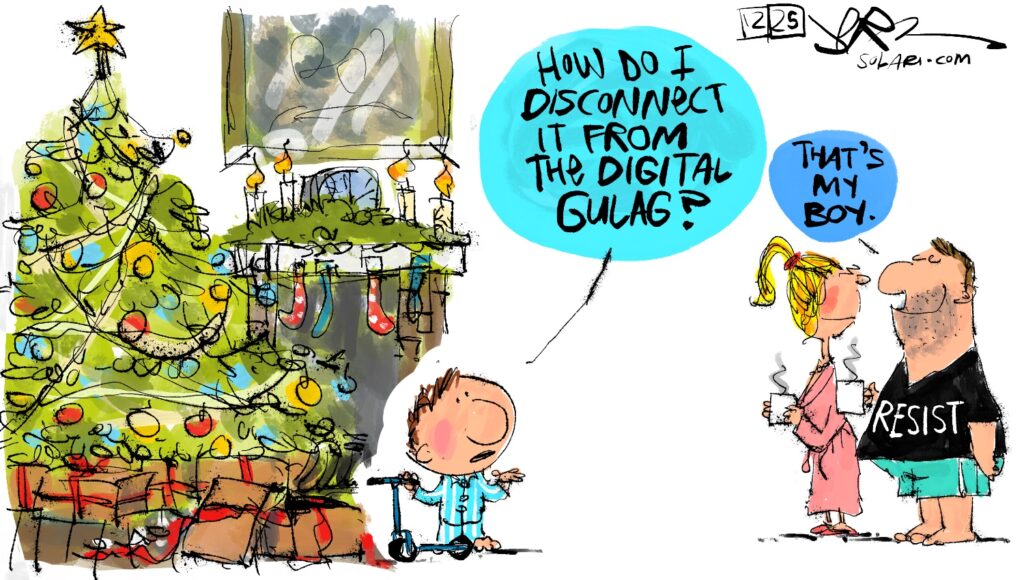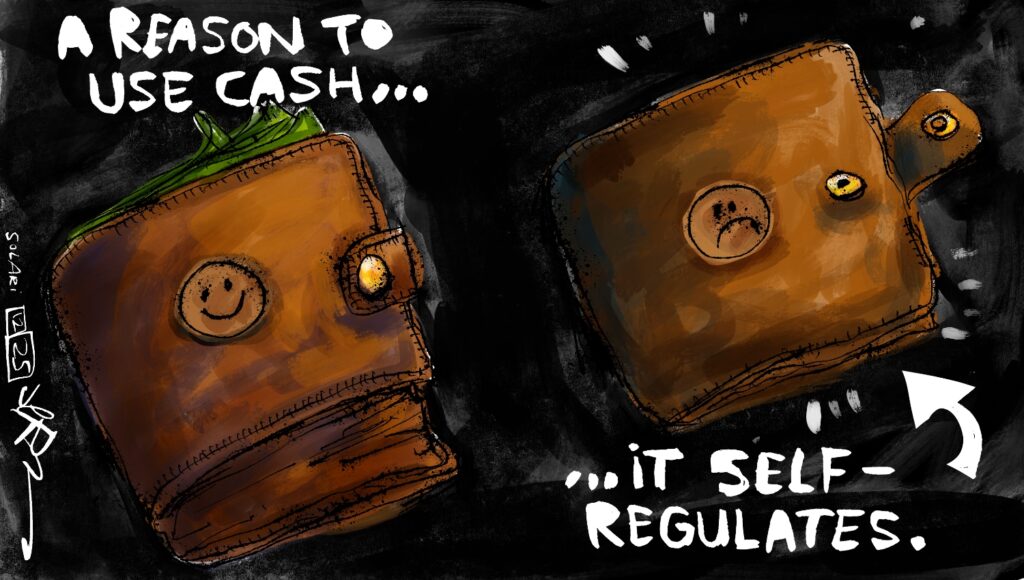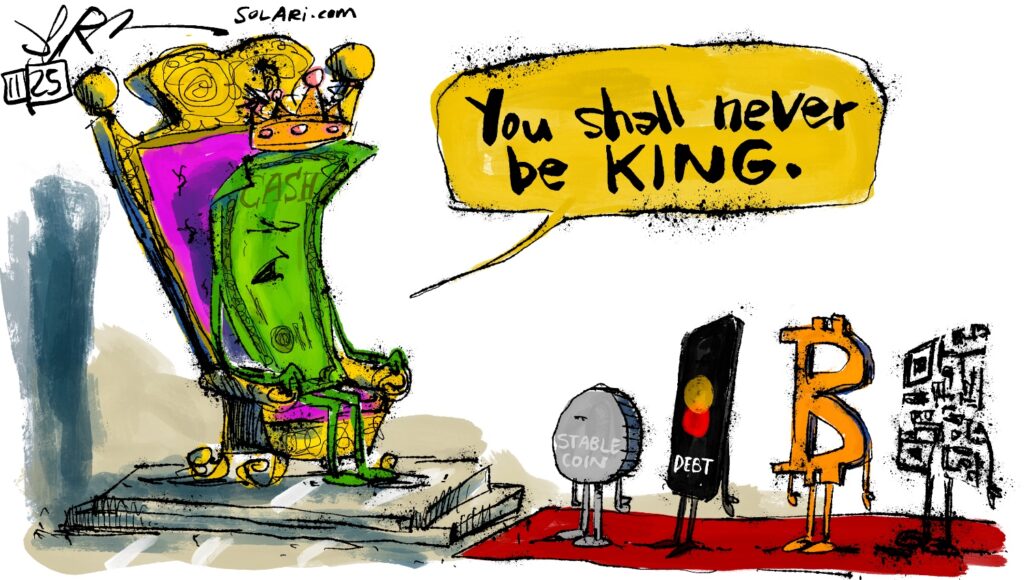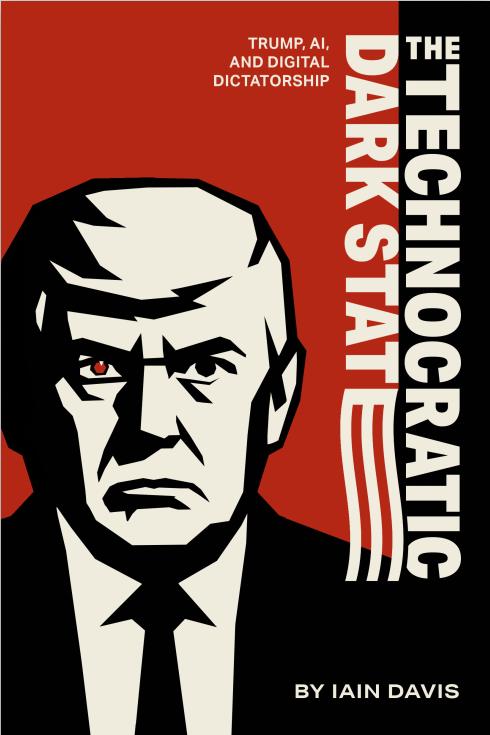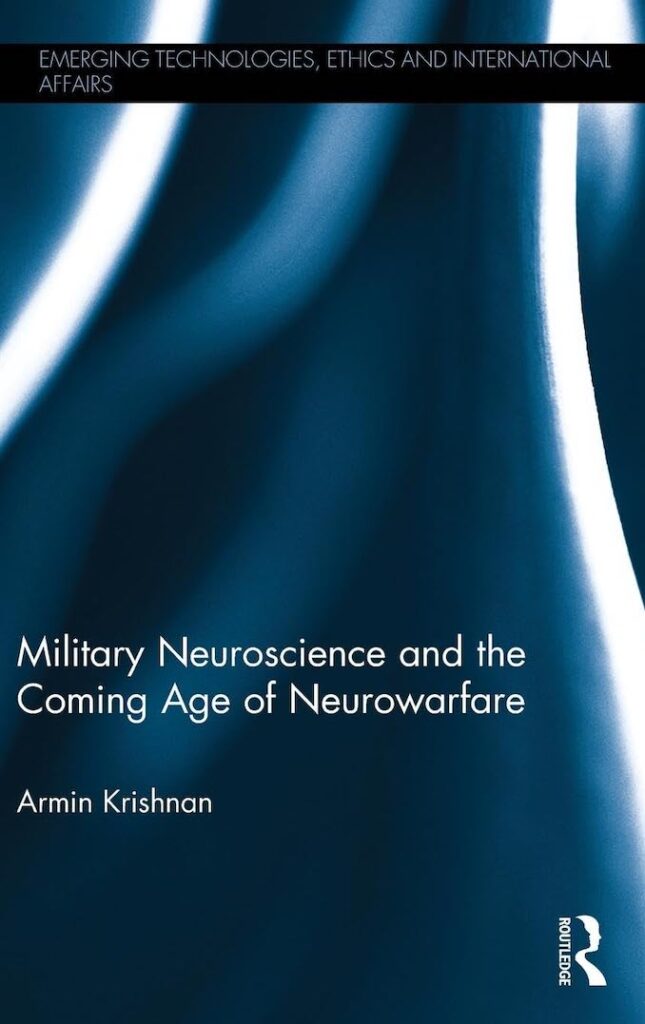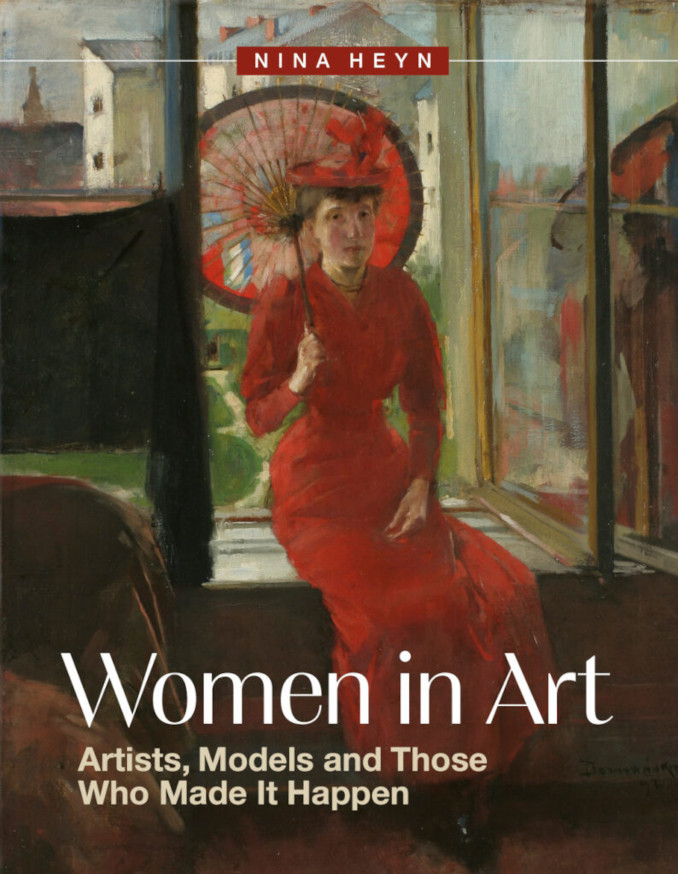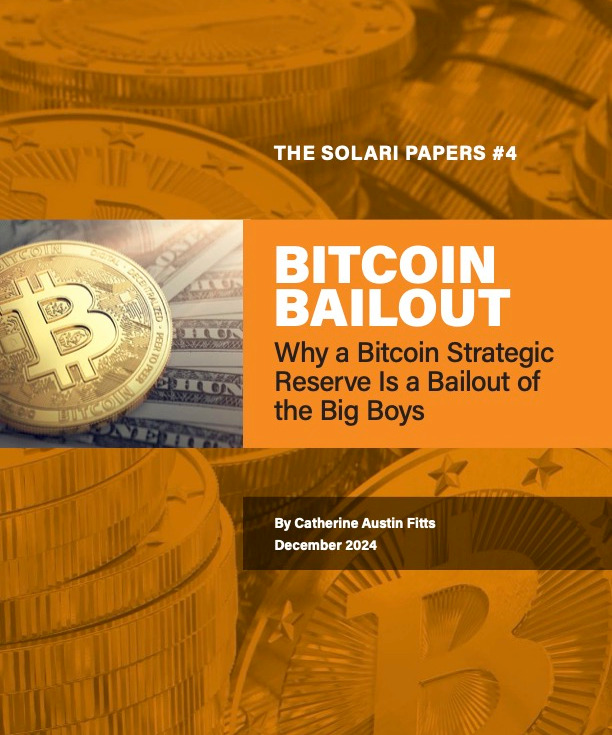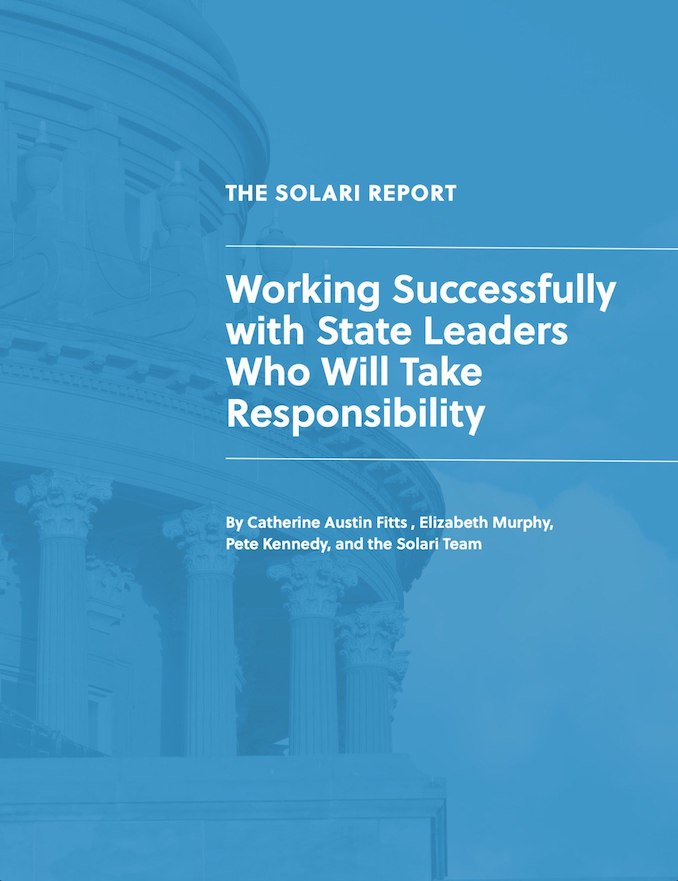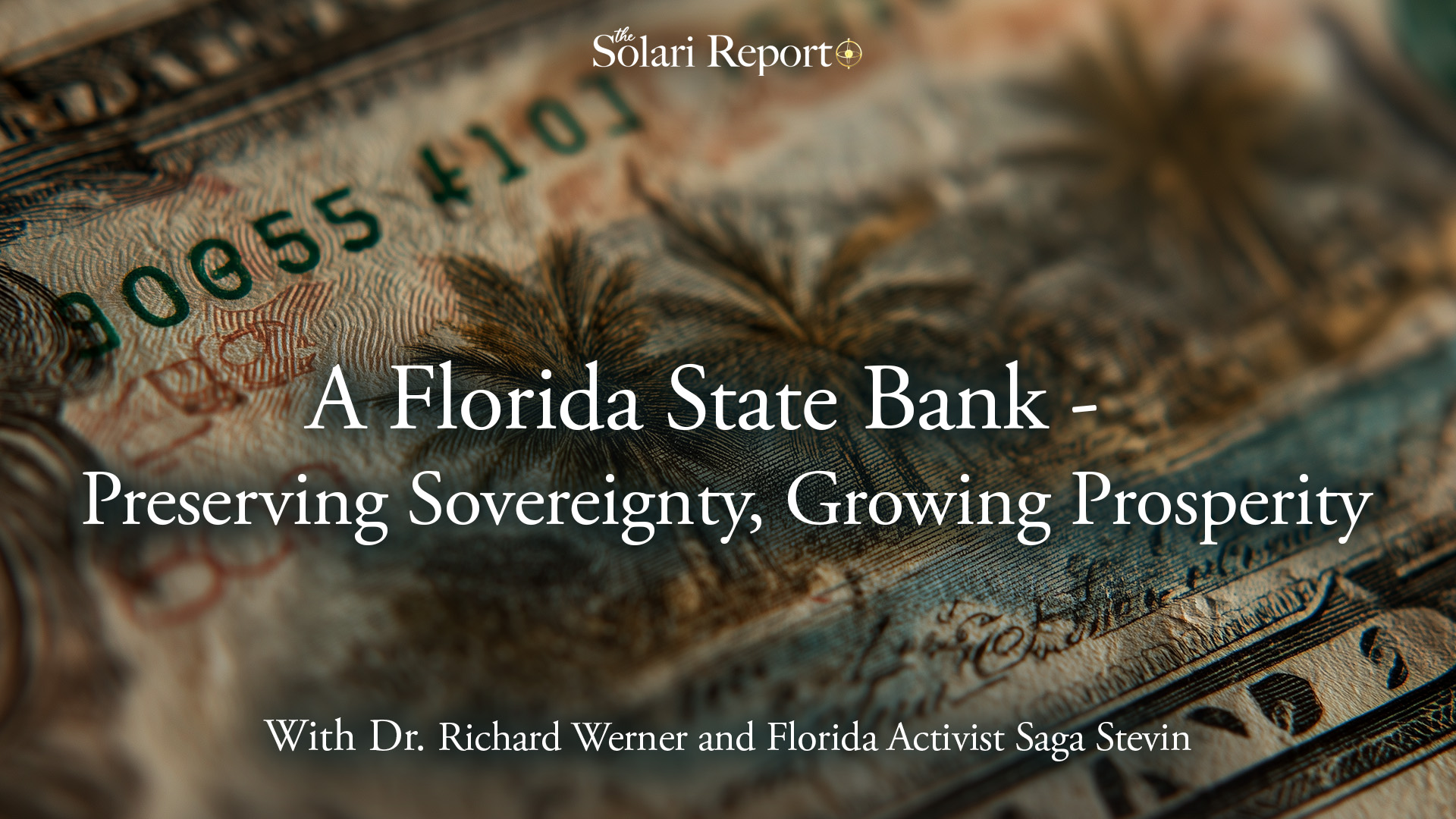Ladies and gentlemen,
welcome to the Solari Report.
I am very pleased to be joined
today by two wonderful people.
Economist and brilliant thought
leader, Richard Werner, who
needs no introduction here.
We have a wealth of great information at
the Solari Report about him and his work.
As we think he’s the top economist
in the world on both how you build
wealth and how the central banking
system and the banking system work.
We are also joined by Saga Stevens from
Florida, who has been a real leader.
She moved back from Min Minneapolis,
Minnesota to her home state.
Ran for Mayor and Lakeland, and I
predict if she runs again, she will win.
But she has been a real leader
in Florida in helping the Florida
legislature and executive leadership
really focus on what the state can
do to protect financial freedom.
And it’s been an inspiration to all of us.
So Saga, thank you for joining
Richard and me on the Solari report.
Oh, well thank you for having me.
It’s an honor to be with you too.
So we just had the the privilege
of publishing Richard’s second
sovereign state bank study.
This one for Florida.
I don’t know if you have it there.
Say you wanna hold it up?
Yes.
It’s beautiful.
Yeah.
And you can find it on the website
and and also we have hard copies
if you’re interested, but Richard
had done one for Tennessee and
then he did this one for Florida.
And, and so we have done several soleri
reports or legislative briefings on the
importance of state banks, and we’ll,
we will have those linked up and we will
assume you’ve, looked at that content.
We don’t wanna repeat it here.
What we wanna focus on is the specifics
in this new paper, Richard, on Florida.
And again, congratulations
on doing your second.
And the there’s rumors that,
you’re working on a third.
I hope that’s true.
There is one on Michigan.
Indeed.
Yeah.
The state of Michigan have a,
sovereign bank in Michigan?
Yes.
Okay.
Okay.
So let’s start on Florida.
Talk a little bit about.
What was particular here to Florida,
particularly the decline in its community
banks and the impact on small business.
Let’s start off with the what
has been happening in the core
economy in Florida and, why it is
so important to turn it around.
Actually it’s, a sad story because
essentially the core strength of the
US economy and thriving normally,
or in the past thriving states
like Florida have been centered on.
Of course, as we know, the small
firms sector, smallies as enterprises,
they’re the main employers.
They employ at least around
two thirds of everyone.
And that’s similar to other places
in the world, it’s quite normal.
Because often the, narrative and the
media focus on the very big companies,
even listed companies, but companies
that have their shares listed on a
stock exchange, that’s 0.1% of all
companies usually in that country.
It’s almost in most countries the same.
And the vast majority of
companies, millions of companies,
small companies, are these.
Small micro but also
medium sized companies.
They account for most employment
and of course they’re not
listed on any stock exchange.
So for them, the external funding
is dominated by bank lending.
They have been attempts over the
past half century by regulators
by the private sector to change
that and have alternatives.
And of course we do have.
Private equity investors.
But essentially they usually go for
a particular type of company and
particularly private equity, which
you know, is vibrant in, America.
But they tend to focus on helping
companies through investment where
they can gain majority state one
way or another as part of the deal
or in some kind of structure and.
The core of us economic prowess over
the last 200 years has been essentially
family owned businesses, whereby the
owners don’t really want to give up
control, the majority state, and that,
of course makes, equity less attractive
and makes debt finance more attractive.
But in addition to that, that’s the
sort of that’s for those smaller
firms that have the option because
private equity funds may be interested
in it, but the fact is for the vast
majority private equity funds are not
even interested in, private investors
would not turn up to deal with them
because actually they’re too small.
So now we’ve seen a, we’ve seen a
surge of the private equity firms
also doing private credit and
trying to build private credit.
Is private credit filling the
gap for the community bank?
I’ve seen one of the attempts and often
that is done through automated systems
credit scoring, as we’ve seen for
individual loans to automate things.
Because basically the hurdle is
that the amounts we are talking.
We’re talking about micro businesses.
Small family owned businesses are not
large enough to be really attractive
for equity funds because of the cost.
Whatever you look at whatever
company, there’s a minimal amount
of due diligence you have to do.
Then if the volumes we’re discussing at,
best are actually so small that it’s not
worth their while because of course, the
same amount of time and effort you’re
putting in attention even of your systems
once you’re dedicated to this task.
Can, you know if, the company’s
bigger, the counterparty’s bigger,
achieve a much bigger return?
Because then you will earn more in
absolute terms, the bigger the company.
So there’s always a bias to go,
if possible, for the biggest
possible type of companies.
And so despite all these movements and
attempts to to have more alternatives,
the fact remains, and that’s undisputed
if we look at the smallest companies,
micro, small, and then also still the
majority of medium sized enterprises.
External funding is dominated
by bank lending, right?
So banks are essentially the one
steady source of funds that they can
hope to obtain if things go well in
their interaction with the banks.
Now when you look at the banks,
we have the same situation that
essentially a bank is always also
trying to lend to the biggest.
Possible counterparty.
Just it’s the mechanics of it.
You are spending time and effort
on an evaluation you’d like to
to also earn something for that.
And it makes sense to go for
the bigger counterparties.
That means that the biggest banks will
really only be interested in the biggest
companies, the medium sized banks in the.
Effectively in the medium sized
company ’cause they’re not so
interesting for the bigger banks.
And then the small firms are
really the main area that
small banks are focusing on.
And their main source of
external funding is small banks.
And we found empirically doing research on
the US that over a long time period, over
a 20 year time period, that even as the
smallest banks over time, naturally grow.
And, by the way, the smallest
banks do have the largest share and
the biggest propensity to lend to
small firms, the smallest firms.
So that is quite clear.
But as these small banks grow
over time, quite naturally
they also actually move on and leave
behind the smallest ba companies.
And try to look for
slightly bigger companies.
That movement is always there.
It’s all natural.
You can’t blame anyone that’s just
the physics of it, basically, the
proportionality of sizes and, but
of course this is implications.
The, there’s something
we can do about this.
It means that overall, the, as the
banking system anyway, has a tendency
over time to move towards consolidation.
If you leave it alone
it’s a slow movement.
You almost don’t notice.
Unfortunately, central planners,
central bankers have been keen and
quite successfully have accelerated
this dramatically through giving
various incentives and also regulation
and cost structures and interest
rate policies to force banks to
merge and the smaller ones to merge.
And one way or another, that means
that there’s been a big shift.
Within the banking system
towards the larger companies.
And that’s, the trouble.
And you met, you started out mentioning
the fall and the number of small banks.
And that is very sad actually.
This is, of course, it’s
a problem in Florida.
It’s a problem in most states, in the us
it’s less, a little bit less of a problem
in the state of North Dakota because.
There is a state bank that has been
basically backing the banking sector.
We do also see the number
of banks declining there.
The local banks declining and
bank mergers because of course
they’re all part of the US economy.
There’s the same regulatory
pressure coming from Washington.
And of course they’re
also exposed to that.
I think we, there’s a lot we
can do to mitigate this pressure
because it hurts the small firms.
They get less funding and it
hurts the middle class because
small firms create dependent,
independently wealthy decision makers.
And of course, that’s also a reason
why they’ve become a target over
the last half century really.
Let me jump in for a second because
I was surprised at the die off in
community banking in Florida, it
was much greater than in Tennessee.
And but I, wanted to point out one thing,
which is essentially if, the state so, the
state controls a great deal of deposits.
Of course one of the issues behind
this is whether they’re sending their
deposits to New York and the financial
centers as opposed to keeping them
home, rolling them in the bank.
The second issue is, and you see the
same thing in your charts for, you’ve
got a wealth of charts and graphs in
this study, but you, if you look at the
chart of new banks coming up, so the.
The smaller banks try and get bigger
clients, and then over time people get
frustrated and so they start new banks.
But we see the same pattern in
Florida as in Tennessee, which is
people aren’t starting new banks.
And when I talk to the bankers in
Tennessee, what they tell me is.
It’s so difficult, the regulators, the
federal regulators and the FDIC make
it so difficult to get new charters
that people have just given up.
So my question is that I’m assuming it’s
the same in Florida, is that true Saga?
Yes.
It is true in Florida, and I think
about, because there’s a lot of
Florida has a lot of rural areas and.
We’re down now to only, I think,
around 80 community banks, small
banks, which Florida’s losing over
4% of our community banks a year.
The, national average is 2%
a year, which is really sad.
And as we’re talking, I’m
sitting here thinking about.
At one point, Publix was a startup
and a family owned business.
And Publix now has the number
one ESOP in the world, and they
also have their own credit union.
And I think about if people,
community people didn’t
support them in the beginning.
They wouldn’t be here now or they
would be owned by a big conglomerate.
But as far as the banking goes here,
’cause in Florida you have state
chartered and federal chartered, so the
state has to charter the banks also.
And the state charter, one of the problems
that they said is that the people on the
board that own the bank, the presidents,
all that have to be Florida residents.
And for some odd reason,
that’s a problem, which I don’t
think it should be a problem.
’cause if you own a bank here,
you should be a resident here.
And then my understanding is if
we had the State Bank of Florida,
this one, then they wouldn’t have
to additionally be under FDIC.
They could be under just the state
charter, which would help grow the
community banks, which of course
would help grow the economy overall.
Exactly.
So Richard, I wanna come back to a point
that you, taught me this and I’ve my
head’s been exploding about it ever since,
which is the more banks you have that
are productive and profitable, the more
growth you can get without inflation.
And inflation is a major concern, but
we’re talking about expanding the money
supply without triggering inflation.
The small business sector, if you could
maybe explain what that means to Florida.
Yes, exactly.
Yeah, basically people need to be
reeducated on, these points because over
the last half century we’ve been fed false
narratives on this really started with,
this Club of Rome report limits to growth.
But it’s been very systematically
spread, whether it’s through the
education system, the media the political
establishment has been fed the story
and repeats the story that somehow
grows anyway, goes down this story.
A mature economy will have less economic
growth as if some kind of law of nature.
It absolutely is not a law of nature.
What has happened is that since the
early seventies, the central planners
have worked very hard to actively
reduce economic growth, and they
did this by shifting bank credit
from productive business investment,
which generates non inflationary
growth, as you mentioned, to another
type of credit for asset purchases.
To some extent credit for consumption and
they cause inflation and not real growth.
So if you have credit for asset
purchases, property real estate, for
instance, but it can be financial
instruments, you will then, because
bank credit, that’s the key insight
bank credit creation is money creation.
You are, each time a bank gives a
loan, it adds to the money supply
and that always does something.
Therefore, the question then
becomes, what’s the money for?
And then you see what the eBay’s gonna be.
And if you have more bank credit for
real estate purchases as has happened,
the range by the regulators since
the early seventies, dramatic shifts
here, you will get property price
booms and also the boom bust cycles.
And overall of course
also with consumer credit.
More inflation and not economic growth.
And that’s been the result
of this policy decision.
At the same time, they’ve consolidated
the banking system by giving more and more
encouragement for bank mergers and putting
banks under pressure in various forms.
So they prefer to merge and
consolidate, and that’s another factor
where you get less economic growth.
It’s not as they tell us.
Demography or the need for being
more environmentally aware and the
climate is forcing us to somehow
therefore reduce growth and so on.
There’s all sorts of narratives there
and policy interventions, but of
course, perhaps just very briefly on
the climate and environmental issue.
Because I think we, we all agree that
we’d like to protect the environment
and protect nature, flourishing
nature, and so we can all enjoy nature.
It’s important to realize that
economic growth is not the enemy
of nature and, having flourishing
nature without pollution and all that
economic growth is not the enemy.
That’s what they tell us.
They say we have to force
growth to zero degrowth negative
growth also it’s nonsense.
And you can quickly see this in
Germany, for the last two years
we’ve had negative GDP growth.
It’s called a recession.
Okay that’s great from
this perspective, isn’t it?
So that means there’s no more
environmental pollution at all
in Germany the last two years.
Of course not.
This is unrelated.
Even when you have zero growth,
you can still have pollution.
So it’s a separate matter.
And the main or the fastest proof of
this that basically economic growth
is not the enemy of the environment,
is the fact that we have to separate
physical growth from economic growth.
And this is in this
report, limits to growth.
Published here in the early
seventies, when was it?
73 or something?
Club of Rome.
They conflated that on purpose.
Now, the fact is, in terms of physics,
there isn’t any growth in the first place.
So the growth they’re referring to as
the bad guy is actually economic growth.
But economic growth is a purely.
Statistical illusion that we’ve
created by defining national
income and GDP in, a certain way.
And a statistical illusion
can’t hurt the environment.
And we know from physics,
physical growth doesn’t exist.
The laws of thermodynamics, you can only
transfer energy from one state to another.
You can’t create it or destroy it.
So, that’s the conflation.
So basically.
They’ve given us all sorts of
narratives why it’s, to be expected,
it’s unavoidable or it’s good that
economic growth is going down.
While in the meantime, they have actually
manipulated the engine of growth,
which is the banking system such that
it will produce less and less growth.
When really.
That’s bad for everyone.
That delivers more pressure.
It delivers less prosperity.
It means we’re really underperforming.
We could have abundance.
So for everyone, it more banks.
It means the shrinking tax base relative
to what could be that as well, right?
Everything.
On all counts.
There’s less income to go around.
The whole national income
pie is is not being grown.
Let’s look at the opposite.
What is possible, and this has been
most dramatically illustrated by China,
but still remember the debates I had
in the early nineties when I was chief
economist in Japan and argue argued
that the Japanese high growth model
can be implemented in any country.
You can have 15% growth
anywhere and have prosperity.
And there were some people there
saying but surely you can’t do it.
In a country the size of
China that’s, it’s so big.
That’s like a whole different dimension.
The Chinese have demonstrated that
you can, and it’s, it was quite
obvious that there’s no scale is in
fact, it’s a very perfectly scalable
model as long as you make sure you
have the core ingredient, which is.
A decentralized banking system
consisting of many, small banks.
And perhaps yes, that for China,
that was a challenge because they
started out with the Soviet system
of one bank, a normal bank system
that central plan planners love
because it’s complete concentration of
decision-making power in the Soviet style.
Go Bank, the People’s Bank of China.
There’s no other bank but the
leader at the time, Deng Xiaoping.
He already the first switch he
wa he made was to say, let’s drop
ideology and all the blinkers.
Let’s just look at facts and
let’s do what works and what
we all want is more prosperity.
So let’s deliver now what
works and let’s check it out.
And the first place he went
to, and that’s quite radical,
was, Hey, let’s go to Japan.
They’ve had 15% economic growth
for two and a half decades.
Figure out how they did it
and see whether we can do it.
That’s exactly what happened.
And Japanese told him.
One bank for the whole of China
and the whole population of China.
How can that ever be efficient and, work?
We’ve got hundreds and hundreds of
banks, uni, thousands of banks in China.
That’s what he did, came back
in 78 from his Japan trip and
created thousands of banks.
And then you have now close to 5,000
banks, almost as many in the us.
And there’s all these village banks,
local banks, regional banks, savings
banks, and each bank has many branches
and there’s loan offices in each branch.
And they see literally millions
of loan applications each year
from millions of small firms.
And they check them out locally.
They, go and kick the tires to
see where that makes sense because
bank lending is money creation.
Very, it’s very important.
Also, it’s also due diligence that holds
businesses to accountability to perform.
Exactly.
And that’s why it’s non-inflationary.
So there’s three questions that
three characteristics in your
description of a state bank for
Florida that I wanted to go through.
And, those three characteristics is the
role they can play protecting cash and why
that’s so important for financial freedom.
The second is.
The role they can play
as a bullion depository.
You, are from Europe and you are used to
banks that have gold bullion and deal in
gold as well as the local currency, as
well as foreign currencies in dollars.
But in the United States,
that’s relatively uncommon.
But something we’d like to see.
And then the third thing is.
You talk about you, you go through
the state budget and you show
how economic it is for the state.
It’s not just good for the community
banks and the general economy, but
it’s also good for the state finances.
So let’s go through those three.
And I also wanna say that because a
lot of people have the misconception
that if we start the state bank,
it’s gonna be a state bank on every
corner, and they don’t understand.
Basically one branch only.
This would be the banker’s bank.
So this would enable more community
banks to start and those that are here
to basically be protected and to grow.
So it’s not about the state bank
being a whole bunch of banks,
it’s them backing community banks
so that, we can have a lot more.
Exactly very well put.
So it’s, really a wholesale bank that
banks the banking sector and looks after
the whole banking sector, therefore
making sure there’s a coincidence of
incentives with the interest of the
state and the people in the state.
And, of course at the same time,
that makes it, as Catherine mentioned
earlier, also a counterbalanced against.
The central planners from Washington
who if they’ve done a great job,
nobody would complain about.
What they’ve done is they’ve killed
thousands of banks and they’ve
arranged, as I explained earlier
for less and less economic growth.
So they have not delivered the
prosperity that is possible.
In the US where we have a
lot of ideas, creativity,
technology, hardworking people.
There should be much more prosperity
and, it’s the structure that is currently
preventing, it’s designed to prevent.
And so this is a, first
step to, to address that.
So yes, we’ve got these three these
three aspects as key arguments
why this is quite attractive.
So on the first one cash.
And then the second one, gold.
We could, actually consider them together.
’cause you could add further
alternatives if you wanted.
Because basically what this means is
you have now flexibility.
If you have a stake bank that is
looking after the banks, and the banks
are looking after the majority of
the, companies in, the state.
That’s of course the
majority of employment.
So it is, that’s why this is so important.
It’s the direct connection to
really the core of the economy
and the core prosperity that and
basically turning this potential
into real prosperity is possible.
And that means you can, adapt
to whatever challenges come.
And of course, we’ve heard so
many concerns this year about
what could happen internationally.
Nationally debates about bad
policies coming from potentially
in the future from Washington or
international pressures and so on.
And of course it boils down to will
people have the freedom to choose
as their currency what serves
them best and delivers prosperity.
And by having a state
bank, you can ensure that.
You can ensure that there
will always be cash.
And the local banks, the state
chartered banks smaller banks that
active only in the state of Florida
will be able to always handle cash.
Because, and this is not
something to be taken for granted.
’cause we’ve seen it in other countries
where the central planners and the
central banks make sure that the small
banks find it very cumbersome, expensive.
And something that you want
to more or less get rid of and
not deal with cash anymore.
Sadly, I have to say in Germany now,
several small community banks have
said we can’t deal with cash anymore.
And it’s because of the pressure
of the regulators and the cost
burden and you know this, it’s
quite artificial, it’s unnecessary.
So the state bank can make sure.
There will always be cash,
and we know cash is freedom.
It’s a form of of money that does
not report back about where it
is and who’s using it and so on.
It doesn’t impose limits
and, control gold likewise
is such a, means, but also of course,
in practice, gold hasn’t been used
much for transactions, although that’s
beginning to pick up a little bit.
But again, that’s
something you can expand.
And also gold can be an anchor
can servee as a reserve, as
a collateral, as an asset.
That also gives banks on on the ground
the right incentives not to engage in
transactions that would ultimately, they
keep doing that, endanger the banking
system, but instead it can be an anchor.
To remain conservative, for example,
if you introduce various convertibility
rules and things like that.
And of course just being a depository
the state bank can be a bull depository.
The state can build its gold reserve and
ensure that people can, and banks and can
deal and settle in gold if they want to.
But that can be also for
other, instruments, obviously
other precious metals, silver.
But you can also think of scenarios
where suddenly we have an EMP
that knocks out entire computer
systems across the whole country.
And again if you’re then dependent
on federal systems it’s gonna
take much longer to build
something resilient locally.
Whereas if you have.
A local state bank and already a
good network of the local banks is
very quick to switch even to analog
switch back to taking notes and paper.
I would much rather do pony express
for Florida than for the whole country.
Yeah.
Not only that, in Florida we
have the hurricanes, so we get
electricity knocked out all the time.
If I didn’t have money cash last
year, our house got flooded.
We had to go to the hardware store.
They didn’t have electricity.
If you didn’t have cash, you couldn’t buy
what you needed, the supplies you needed.
Exactly.
And that’s such a great example.
Exactly.
And of course that’s just this
sort of emergency, which can happen
quite frequently, but of course
there’s other bigger emergencies.
And then again it’s, quite obvious
that just from from this perspective
of being resilient to crises, the state
bank offers so much more potential
to ensure resilience and stability.
Even if you had to switch to
alternative systems can be done and,
then very quickly, ’cause essentially
banking is a network industry.
Banks and nodes.
The state bank is this would be at the
core of the banking network and the banks.
Each bank essentially is
an economic community.
And, so you with that you can
quickly, if you want, if you had to
for example, introduce
a new local currency.
Just as an example, or it can be
something a different type of commodity
can be at the core of the currency.
Or you go back to a credit system
that’s very tangible, either in
writing or the old tally stick system.
Everything is possible with this
because it gives you this flexibility
and because you already have the
network, you’re reaching out to
everyone, you’re connected to everyone,
and then it can be very quickly.
Adjusted to whatever the
pressures currently may be.
And of course we have seen there
are important pressures going
on internationally, globally.
There’s various plans, international plans
at work by very globalist oriented people
and some are quite influential in the us.
So there is proposal being made for
essentially what is a much more.
Control oriented alternative vision.
And Catherine has put
this very eloquently.
Digital prison would be
shortcut of, referring to this.
And of course, central Bank digital
currencies are one extreme way to run
this, which hopefully we can avoid.
But of course, those who want this sort
of system now working on plan B, plan C.
With stable coins or with other mechanisms
to accelerate digitalization and controls.
This can also take the form of.
Controls on companies and their reporting
and digitalization of corporate accounts
and optimization, and then forcing
companies to only use particular proof
software that directly is linked to
central reporting government agencies.
This is already happening in quite
a lot of countries across the
globe, so one has to be aware.
The control pressure is there
from all sides and again.
Would the, that’s where you would,
the state bank be a block to that?
I think so.
I think it’s, it creates a pillar of
state sovereignty and state authority
that can be used to ensure the
interests of the people in Florida
looked after as primary focus.
And based on that, then you
have you have the ability.
To block certain movements and
immediately there’ll be an alternative.
’cause often the situations
are created where you have no
choice and that’s the problem.
But this would give you a lot
of flexibility and choices.
Richard, I wanted to mention, and I’m
trying to understand we have several
bills going through the Congress
now related to stablecoin and asset
tokenization, and it’s very fluid, so
it’s hard to understand exactly what
will come out of the sausage factory.
And I’ve been tracking it regularly,
but one of the things you keep hearing
with both the crypto bills and the
big beautiful bill that’s just passed
is something like this, and I’m
synthesizing many proposals, but basically
what it says is we are now going to
shift capital dramatically into new
technology, which will give us the 4%
growth rate that we need to get out of.
Our current sort of debt trap.
And I would say it’s not a
debt trap, but a robbery trap.
But put that aside and we’re
gonna grow our way out.
Now what’s gonna happen is the old
economy’s gonna be thrown overboard
and millions of people will be thrown
out of work ’cause it’s a controlled
demolition, like what we did in Russia.
But that’s okay.
’cause entrepreneurs will start
new, businesses and things will
flourish and we’ll get our 4%.
Growth rate.
And so what they’re talking about is a
huge bifurcation where you suck enormous
amounts of capital out of the sort of
industrial economy, and you shifted
into this fourth industrial economy.
It’s very world economic forum kind of
vision, and there’s no description of
any bridge between people employed here
and getting to this new the, notion
that somebody’s gonna get fired from.
The civil service at the age of 60 and
somehow go start a new dynamic company.
There’s no bridge for
between here to there.
And of course we know what happened in
Russia when there was no bridge between
here and there, and you’re talking
about radical movement of money out
of banks, insurance company, pension
funds over into this new Shangri Law.
Anyway, I can’t figure out mechanically
how it works because it’s so abstract
but, essentially what you’re saying
is if you’re a state and you don’t
have resilience in the face of this.
Yeah.
Then it looks pretty bad.
Yeah, it looks pretty bad.
And what you’re describing is what we have
actually seen in developing countries in
the last 80 years, which is an extreme
inequality where you have those that
are insiders enough and get onto the new
bandwagon and basically then are in on it
and, gain from this, the beneficiaries.
While there seems no concern whatsoever
for the majority who are left behind
and fall by the wayside, which
is quite shocking, but that’s and
you’d think what globalist Central
planner would want to do that?
Surely that’s not smart.
That is what they’ve been delivering
and it’s being quite deliberate because
it does serve the purpose it seems of,
making a big part of the population that
previously was middle class, more or
less destitute, always under pressure
of yeah, being, being going bankrupt
and not being able to pay the bills
in fear and therefore, politically.
Not really a force.
So we’re working now in
practice because people are too
busy just to survive, right?
And then they just, this system
of exploitation continues.
And it’s, yeah, it looks quite bad.
It’s not, there’s no redeeming
feature really, of this.
And you’d think, why are they doing this?
Because you could actually
create prosperity of everyone,
but that’s clearly not desired.
So we’re just about to finish publishing
our magazine treatment of Plunder
Capitalism, including your interview, and
we’ve set out all the different, I think
between your interview and the one that
Carolyn and I did, we have about 15 to
20 examples of countries where you’ve had
this kind of extractive model applied.
And I remember the people who used to
do it abroad would say, ultimately,
we’re gonna come in and do it to the us.
And I think your descriptions of how
that works historically it’s a good
one to compare to what you’re writing
about the state bank because the state
bank is there to protect against this
kind of plunder capitalism in Florida.
Exactly.
Yeah, that’s a very good point.
Exactly right.
So what else?
Is there anything else about, oh, we,
we needed to discuss your discussion of
how economic it can be for the state.
And also how it can benefit the
community banks and credit unions
that are already in existence.
I don’t think that’s fully grasped.
Yes.
And you currently pointed out quite
accurately that is important to understand
this bank will not compete against them.
Quite the opposite.
It will be the bank that
supports them and it’s only when
there’s very large transactions.
Where the banks may feel, okay, we
need a big partner to help us with
this, then it can be asked to help.
But otherwise, banking is done
by the local banks and the, state
bank will essentially engage in
state banking activities with the
state and otherwise with the banks
when desired and needed by them.
And so that’s an important point and.
Yeah, so just back to Catherine’s
question it’s important to realize
a bank is almost always profitable.
If one understands banking
fairly, reasonably well, what
doesn’t have to be a genius?
It’s almost impossible to lose money.
Now, of course we’ve seen various
events and crises happening also in
banking, but that’s almost always
engineered by central planners.
They create these situations.
We’ve seen it time and again, I described
in my book Princes of the Yen because
it’s so shocking, but in great detail.
I had all the evidence in terms of
people eyewitness accounts, interviews,
recorded interviews, and the data.
To show it primary, secondary data or
so, and it’s been totally undisputed.
I could show that the regulators, the
central planners on purpose, busted the
banking system by creating these crisis.
And yes, I just have to say there,
there are very few instances where
people, economists, or journalists
have been able to nail the rigging.
I’ve never seen one that nailed it as
at such an intricate level as you did.
It’s one of, it’s the classic if you
don’t believe things are centrally
managed, read princess of the end.
Exactly right.
It makes the point.
And then can you also touch on, ’cause
you’re talking about profitability, so
for the state, approximately the what
it would cost to start and then how long
would it be before we saw profitability.
Yes.
It would be profitable fairly
quickly, probably within two years.
And I mean we, we described in the
report estimates and the scenario
of, a state capital investment,
which is a one-off investment.
And after that, and which is actually
given the scale of things in the
budget is modest, but after that,
you will never have to inject money.
In fact, you get dividends banking.
Is highly profitable.
That’s why it’s banking
license is quite coveted.
It’s a, club because once you have a bank
and you run a bank, and that’s why states
should definitely get in on that, on this
you are part of the club and it’s a club
of those who allowed to create money.
And that alone already tells you
that if you do this correctly
and you don’t make big mistakes.
If you understand the basics of banking,
this will be very profitable for banks.
And by the way, perhaps for those who
come from investing in stocks and,
talking about banking is is new to them.
I want to give the
example of Warren Buffet.
This may surprise some, but and
that’s been some good analysis of
how Warren Buffet and his, colleagues
over those decades have done so well.
And I’ve seen this analysis done
particularly on the initial decades
where there were significant
surges in in, in high returns.
How is this achieved?
Very simple.
Instead of say saying, okay, here’s
a hundred million that I’m investing.
A fund, as most asset managers do, get
a mil a hundred million, and you invest
a hundred million in stocks and then
you know, good luck good, performance.
That’s your performance.
You realized that it’s much better to use
the hundred million to create a bank and
use the 100 million as capital in the bank
and then invest several billion on the.
Asset side and the owners your investors
are now the owners of the bank, they
get now returns on the say, 2 billion.
And
this is slightly exaggerated,
but that’s how he did it.
So instead of investing directly, you
invest in creating a bank and then
you will have a multiple returns.
And it’s internal leverage,
not external leverage.
Excel leverage is risky.
That’s why we have hedge fund blow ups.
But banks have internal leverage, which
is due to the ability to create money.
And that’s why you have usually
double digit returns on equity.
That’s.
That’s really what you should have as a
bank, double digit returns and equity,
and that will apply also to the state
bank, but just think about all the, fees
and all the money currently going off
to, New York and, the big players that
a state can already save by making sure.
That sort of money stays within
the state of Florida in this case.
So we’re not gonna talk about it
today ’cause we went into it when we
discussed the Bank of North Dakota and,
the how to, structure a state bank.
But one of the things, the success in
North Dakota has communicated is it
was successful because you had a very.
Conservative governance and management,
and the state legislature has managed
it in a very conservative way.
They’ve been very careful,
slowly responding to the
economy as it needed things.
But they have been the danger, of course
when you look at this, some legislators
say there’s too much temptation to
politicize it and play fast and loose.
That has to be protected against,
which is why how you structure the
governance and who you start off with,
the governance is so very important.
I just did wanna make one other point,
Richard, because I think I’ve been stunned
and Saga has been also noticed that the
legislators and the community’s bankers
do not seem to understand that the CBDC
or stable coin was social credit system.
Is designed literally to replace both the
community bankers and the legislators.
You’re looking about mon those who control
monetary policy, controlling fiscal
policy, literally putting the legislature
and the community bankers out of business
and they don’t see the risk coming.
Exactly.
That’s what it is.
CBDC is.
Is the attempt to move even
beyond monetary policy and the
creation allocation of resources
and the control of all that.
But take over fiscal policy, the the,
transfer of of ownership and wealth
between different groups in society,
which so far think the prerogative
of fiscal policy and therefore the
legislature that will also be usurp.
Yeah.
It’s so funny because for those of us
who’ve, who see the ri understand where
these guys wanna go, it’s so clear you
wanna turn now before you hit the iceberg.
This has been great.
Are there any other points
before we close, Richard,
that you would like to make?
And how do we I’m gonna tell everybody
how they find your wonderful study
but tell us how we follow your work.
You can, see my work on YouTube under
Werner Economics, and I’ve got a substack
r Werner.substack.com where I produce
reports and commentary and so on.
And otherwise I’ve got a website.
Professor Werner.org is the one with more
academic work and peer reviewed journals.
Richard werner.org.
There’s also more other
references and links in there.
And then follow me on X scientific
Econ is one of my ex accounts.
The other one is Professor Werner
and also Dr. Richard Werner.
So when you came to Tennessee
and met with the legislators, it
was remarkable because when they
heard from you why they should do.
A state bank and protect
financial freedom.
It was just very transformative.
Is there any chance you’re
gonna be back in Florida before
the next legislative session?
There is a chance.
We’re currently talking about
a US trip later in, in August.
But yes, the details to be determined.
Okay.
Thank you so much for this opportunity.
It’s been a pleasure.
Thank you, Richard.
Saga.
Any other thoughts before you go?
No I am thrilled that you guys did
this and I, I plan on getting out
to the legislatures because there
are some that do get it and do
understand, and I feel sometimes,
like I’m screaming to the bankers.
Not only do I wanna save your
business, I wanna grow your business.
So thanks to both of you
for helping really make it.
A lot simpler to understand.
Okay.
If you’re, in Florida can,
people contact you Saga with
questions or inquiries or sure.
I’ll do the best the best
that I know to answer.
You all are far smarter than me, but
my email I’m on X at Floridian future.
Is my ex account, and then my
email is saga steven@aol.com.
I’m so old school.
It’s S-A-G-A-S-T-E-V-I n@aol.com.
But they have great spam control.
Okay when it comes to educating
the leadership in Florida,
you’ve done an incredible job.
Oh, thank you.
I’m very grateful to you.
Okay ladies and gentlemen, that’s it.
Check out Richard’s study
on Florida State banks.
And if you live in Florida, this is
an effort you wanna support and help.
So anyway, so thank you for
joining us on the report.
Thank you, Richard.
Thank you Sge.
Everybody.
Have a wonderful day.
Thanks very much.
Have a great day.



